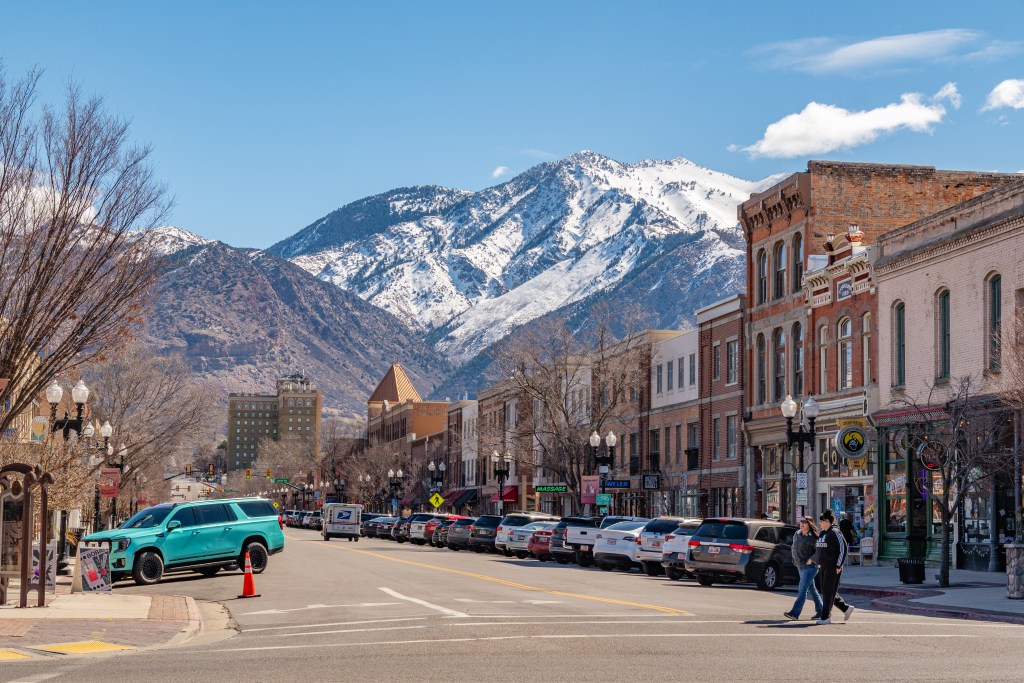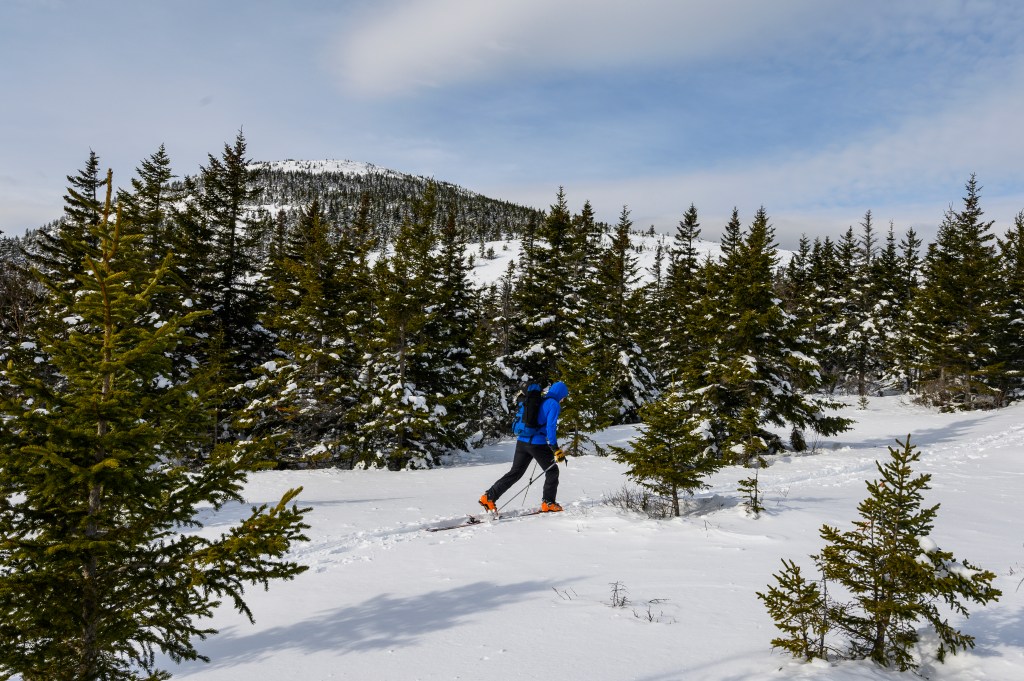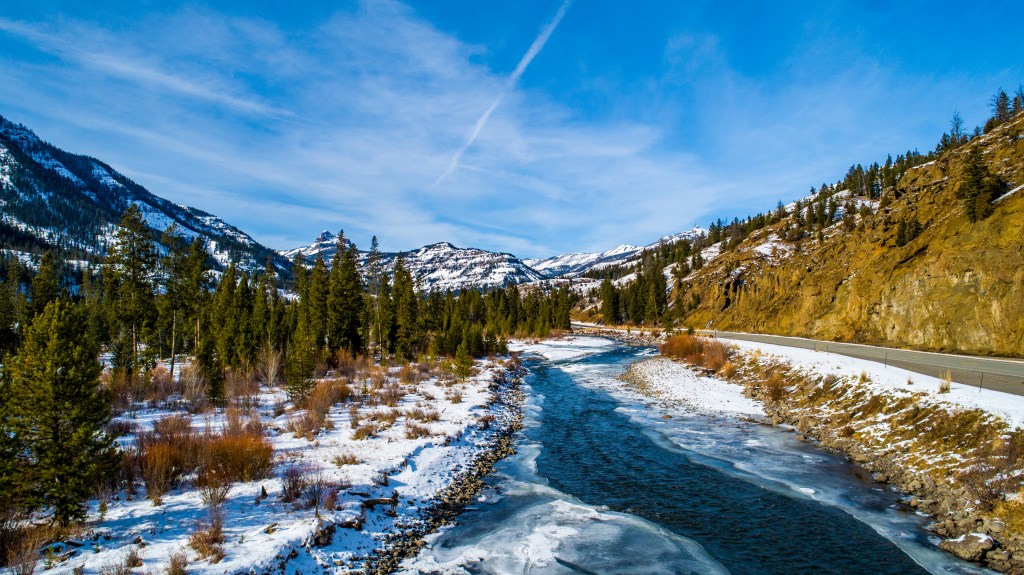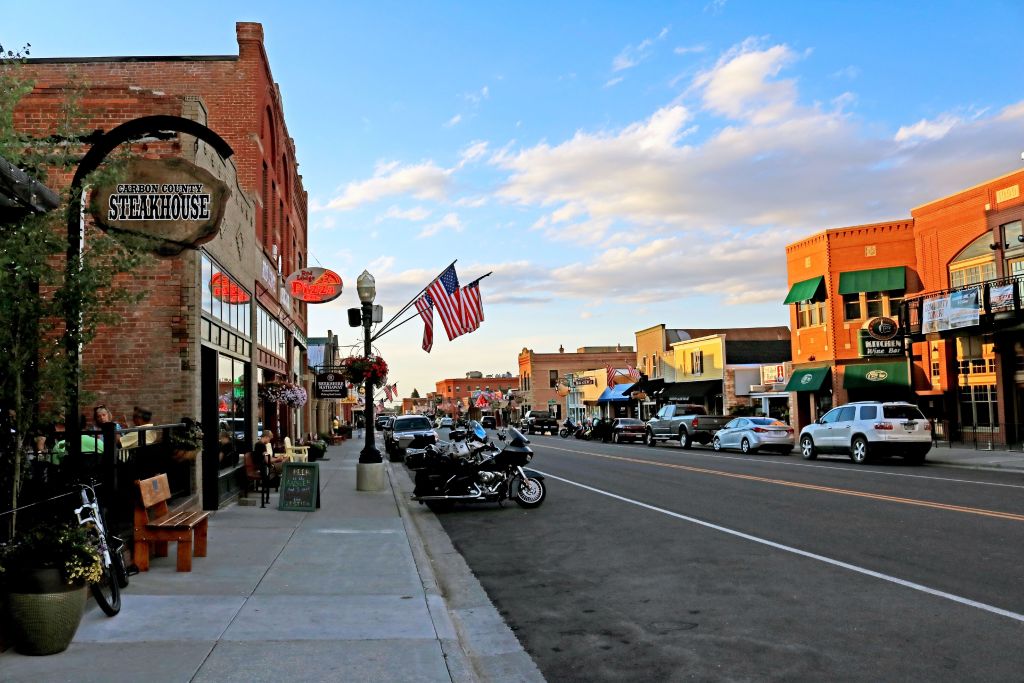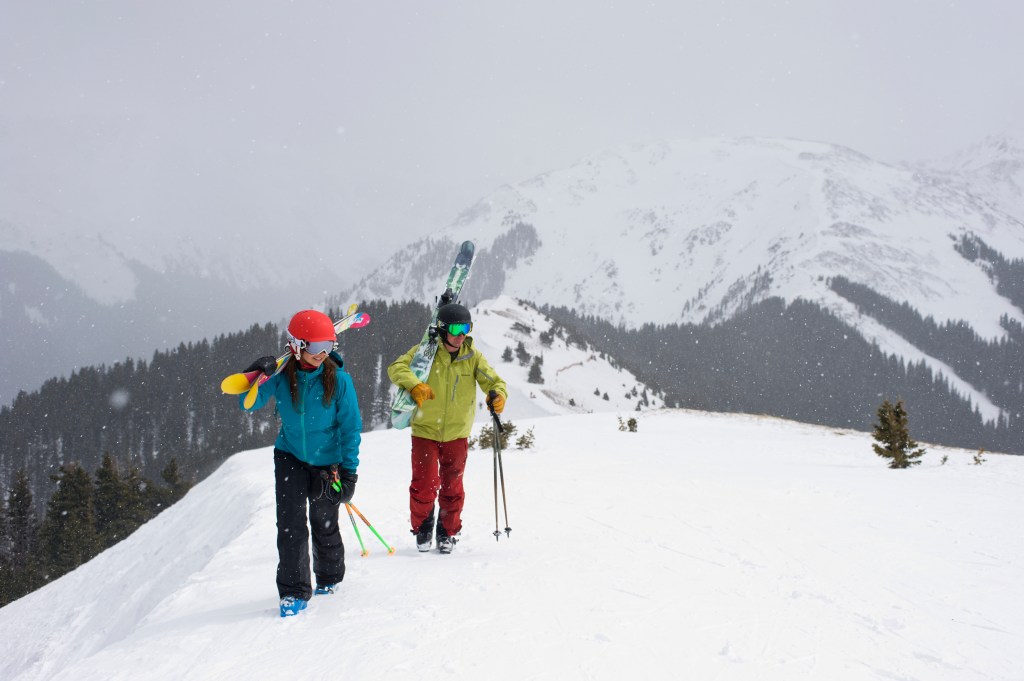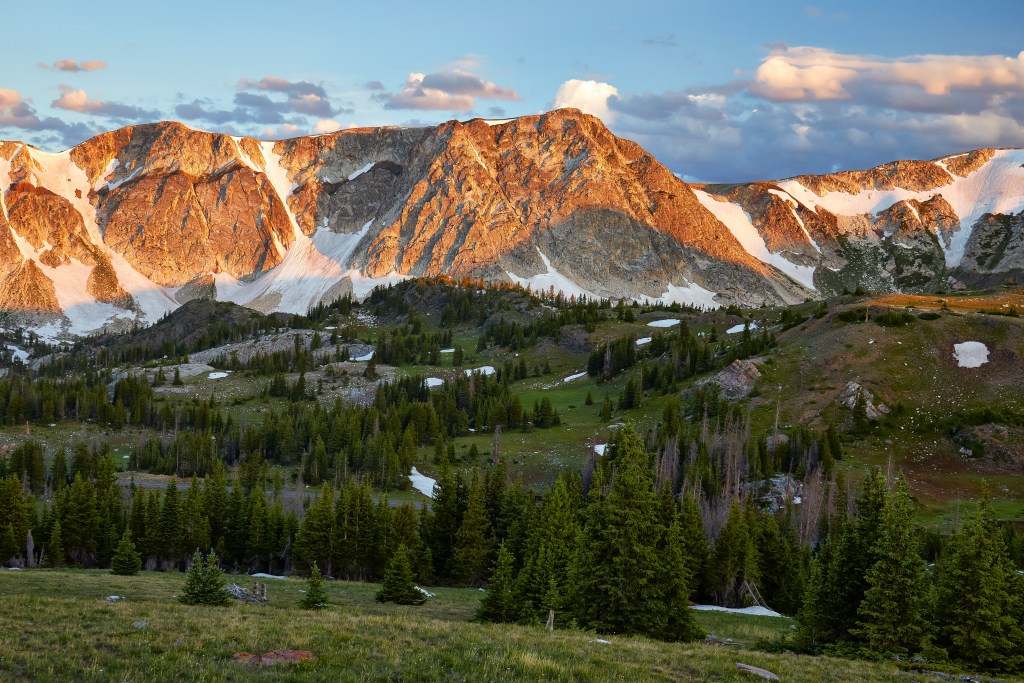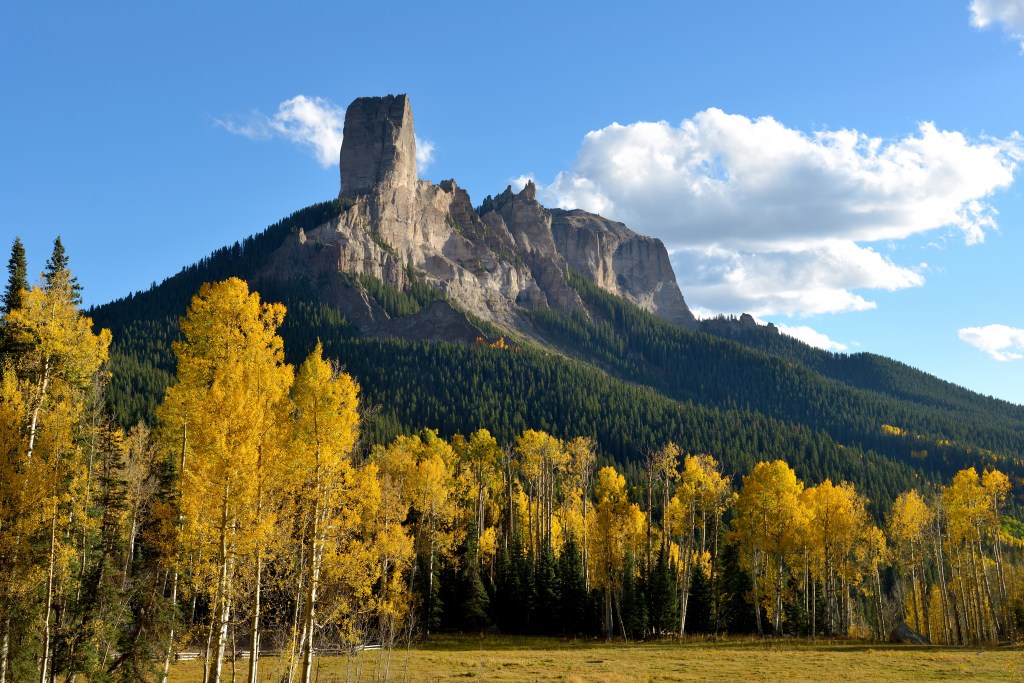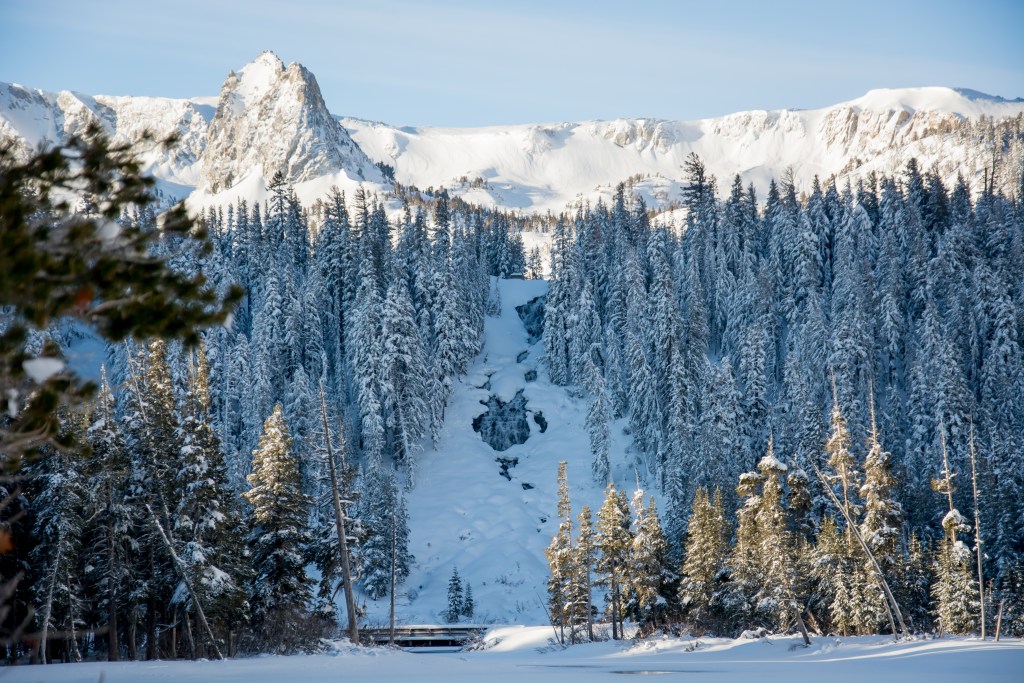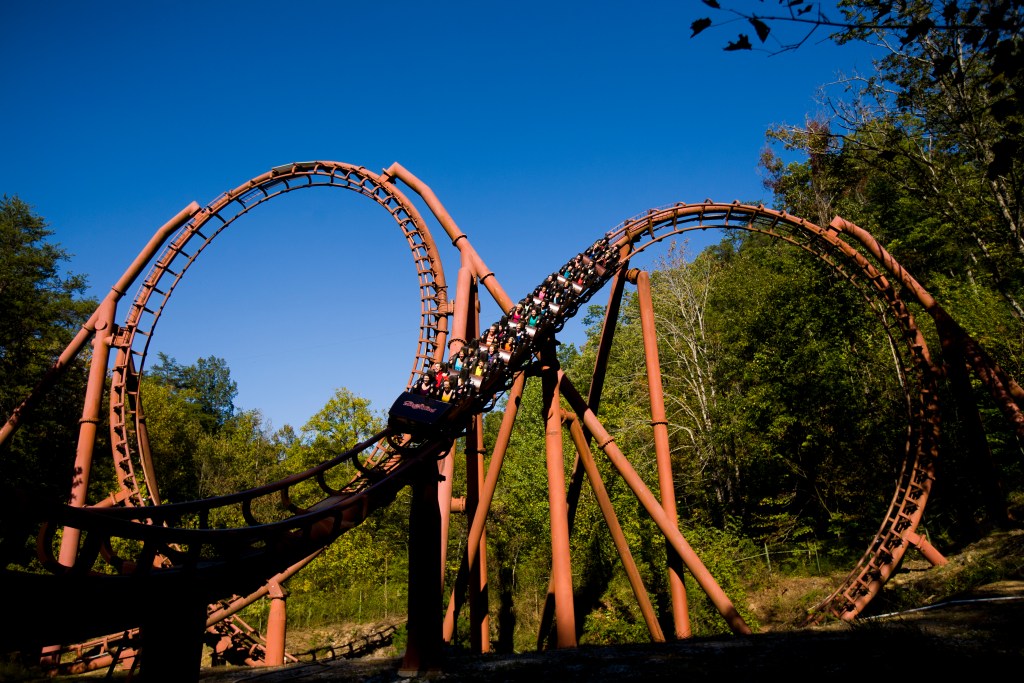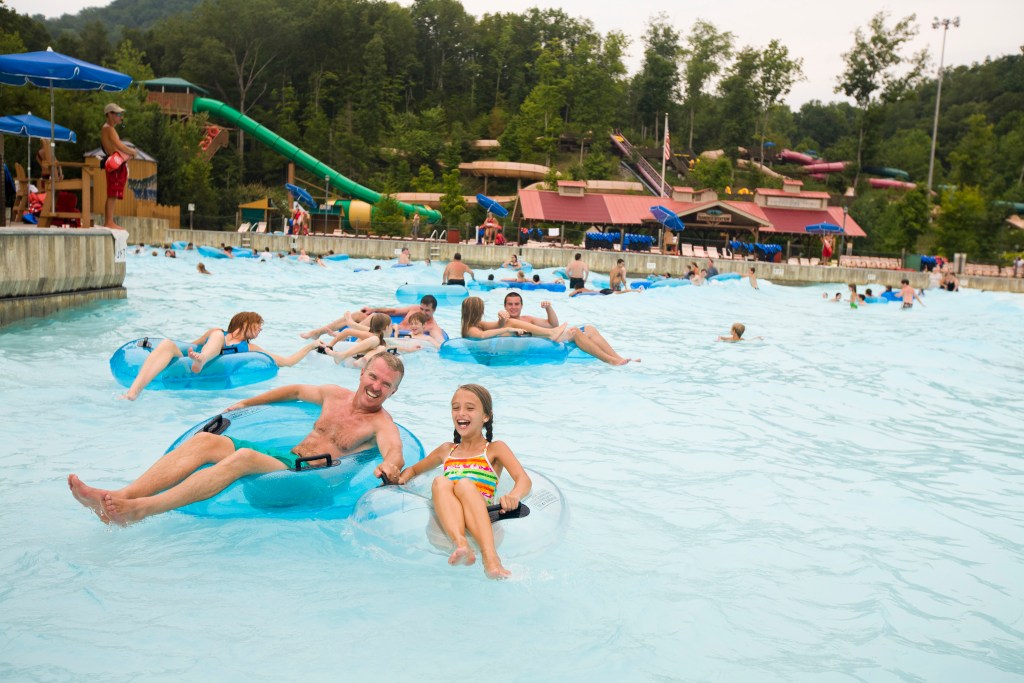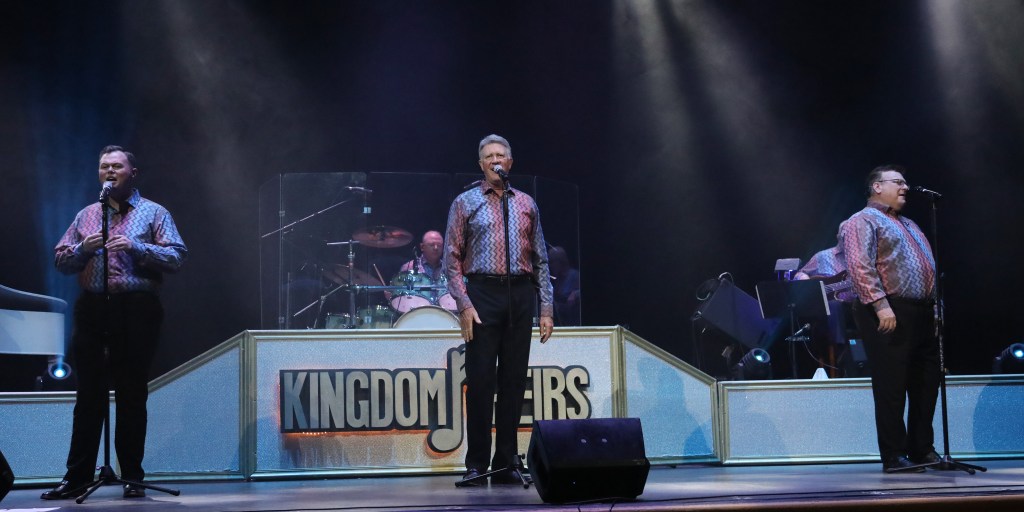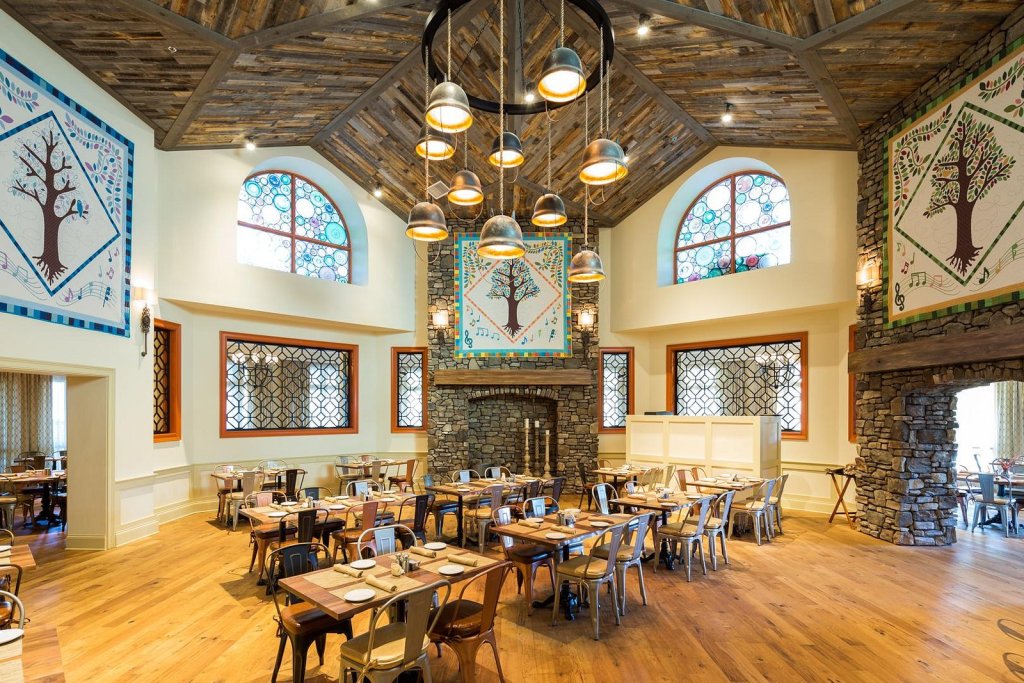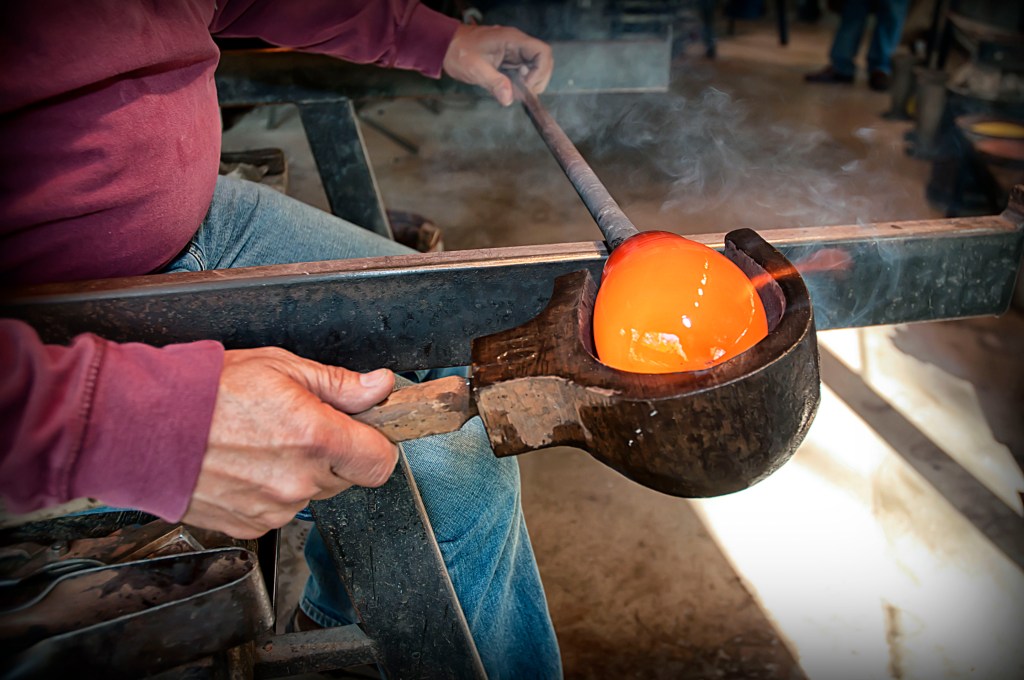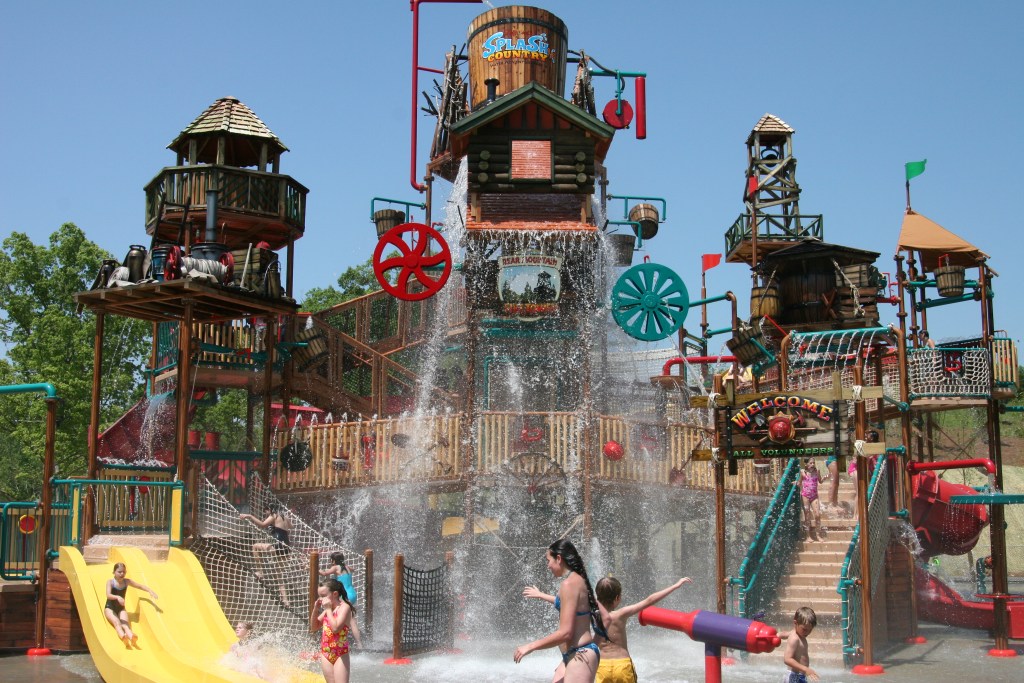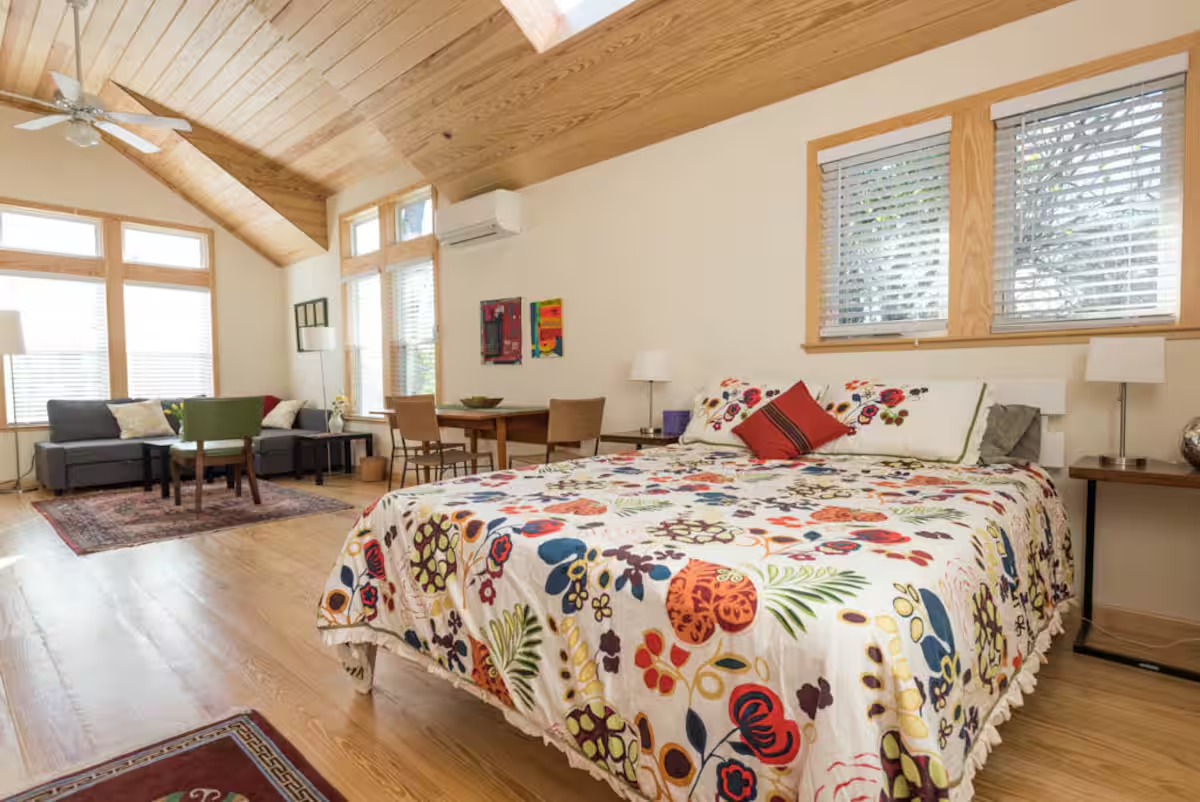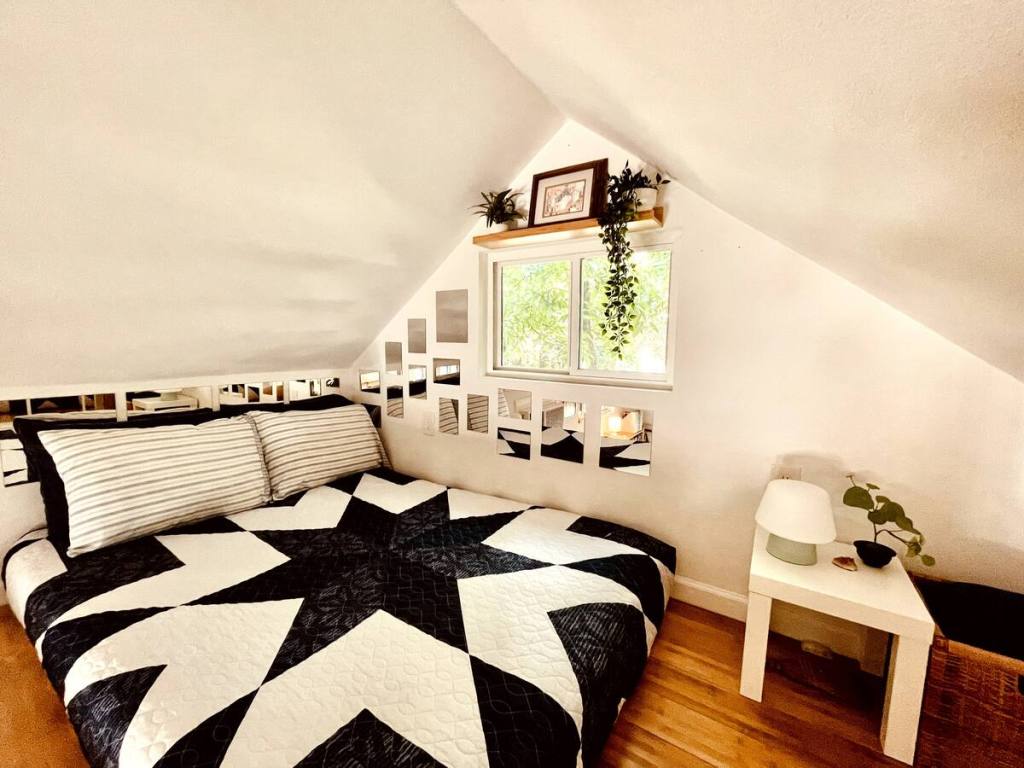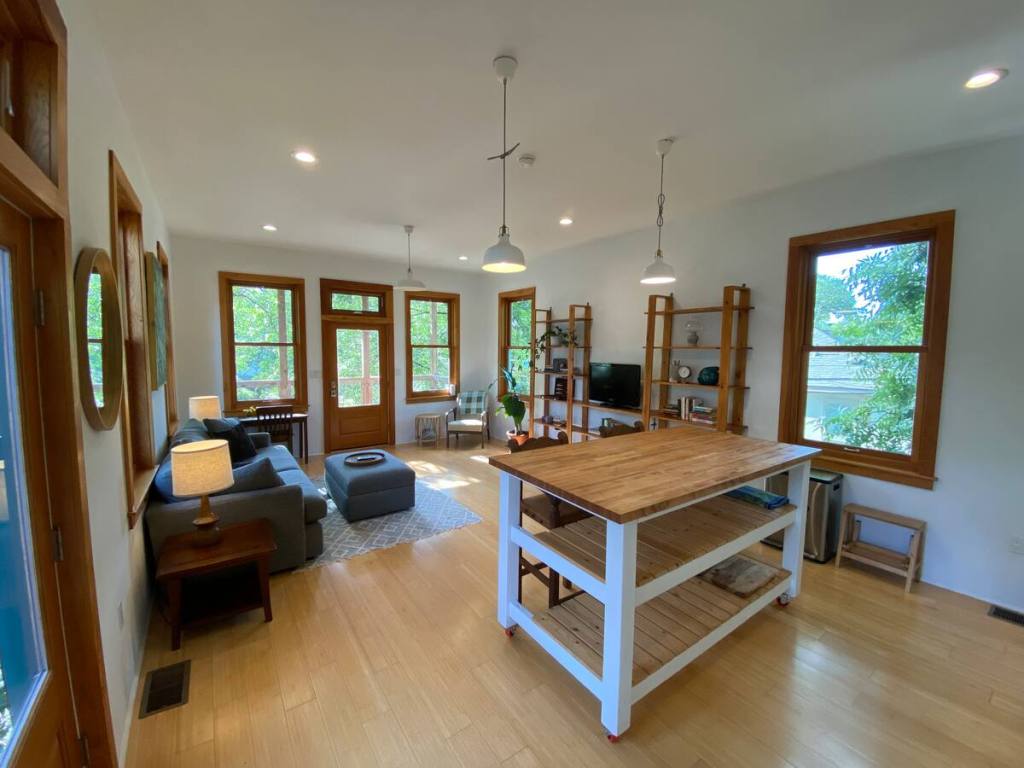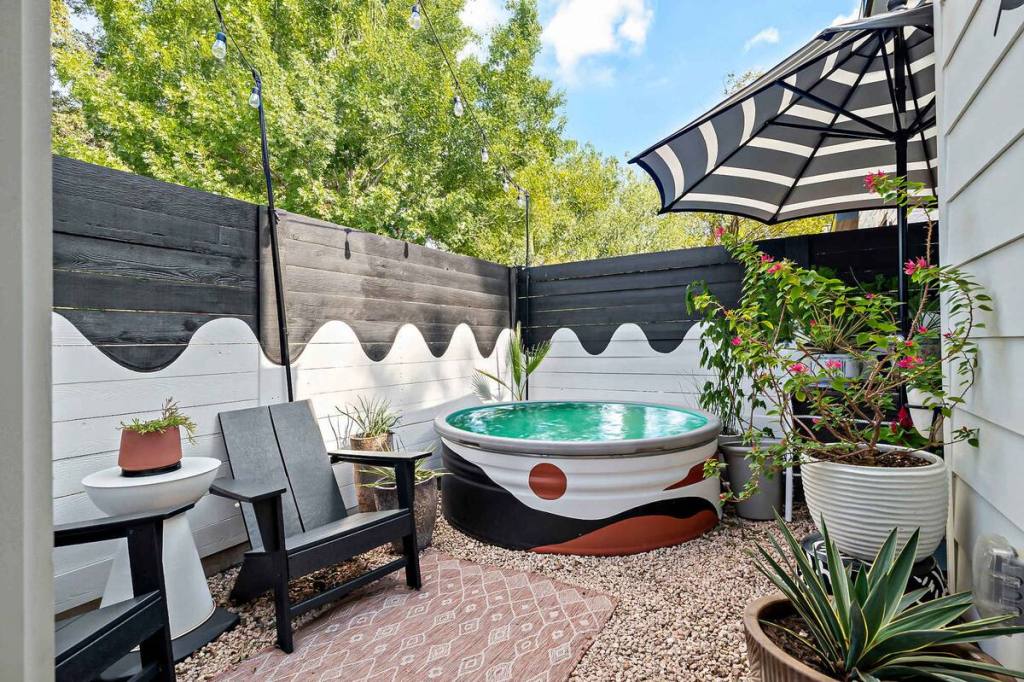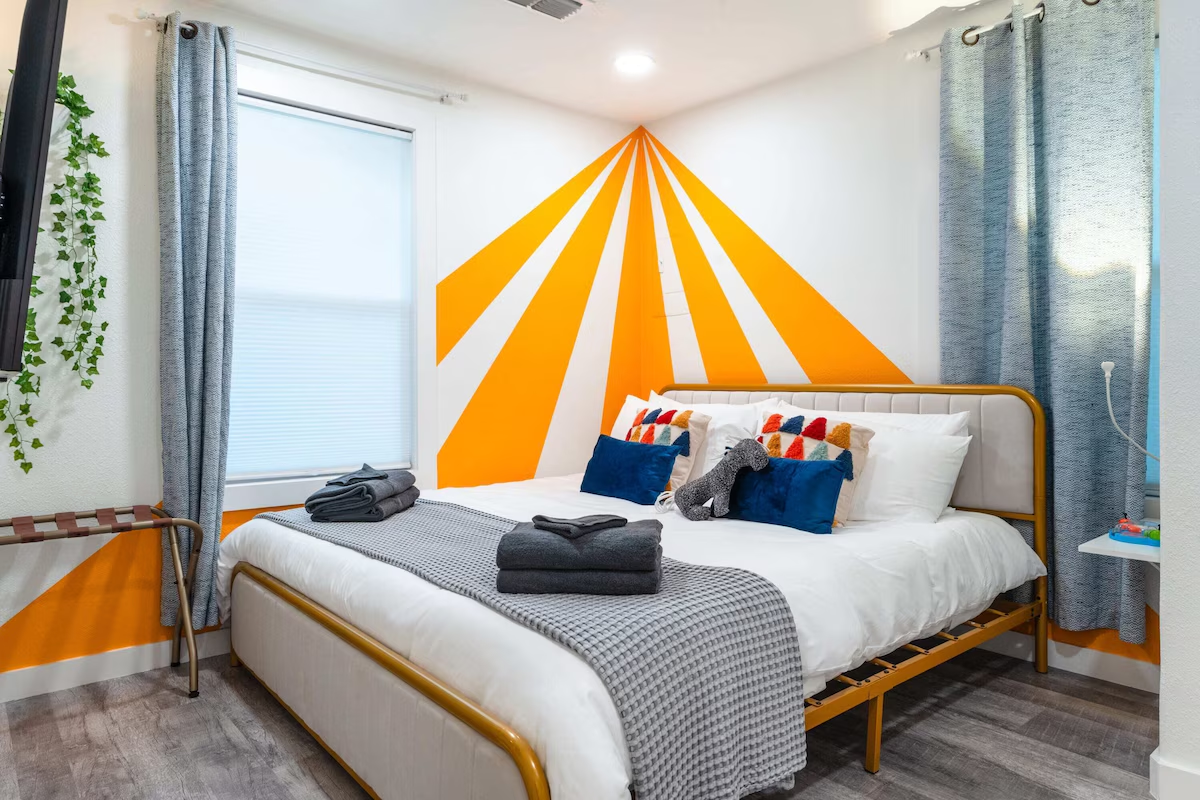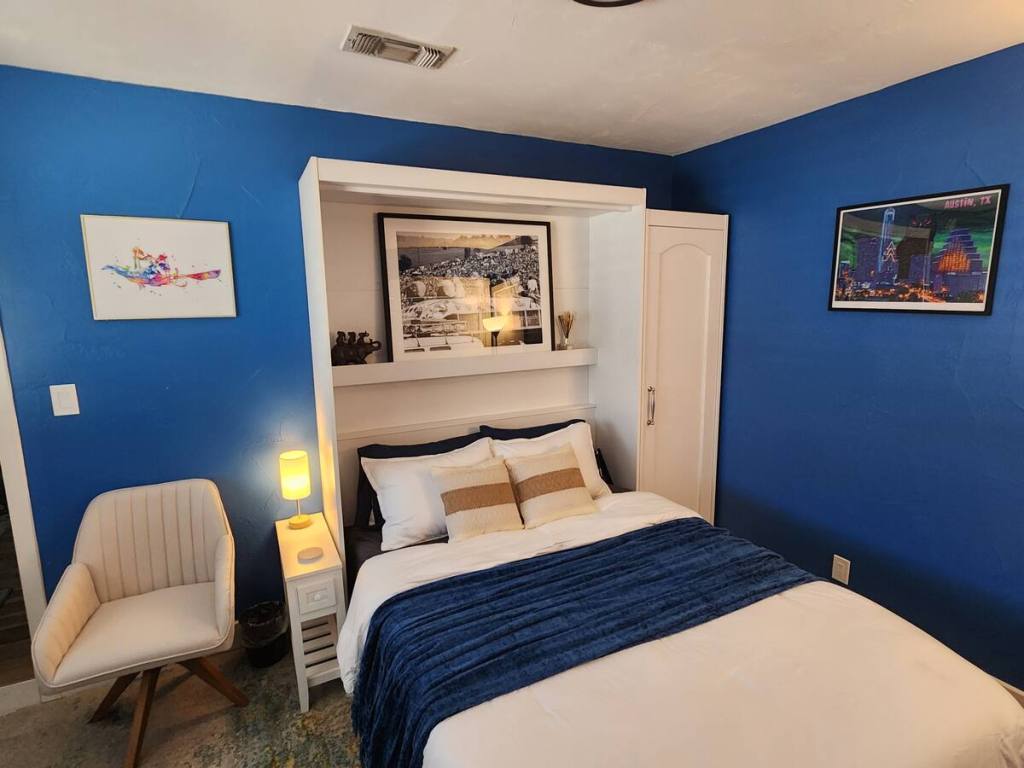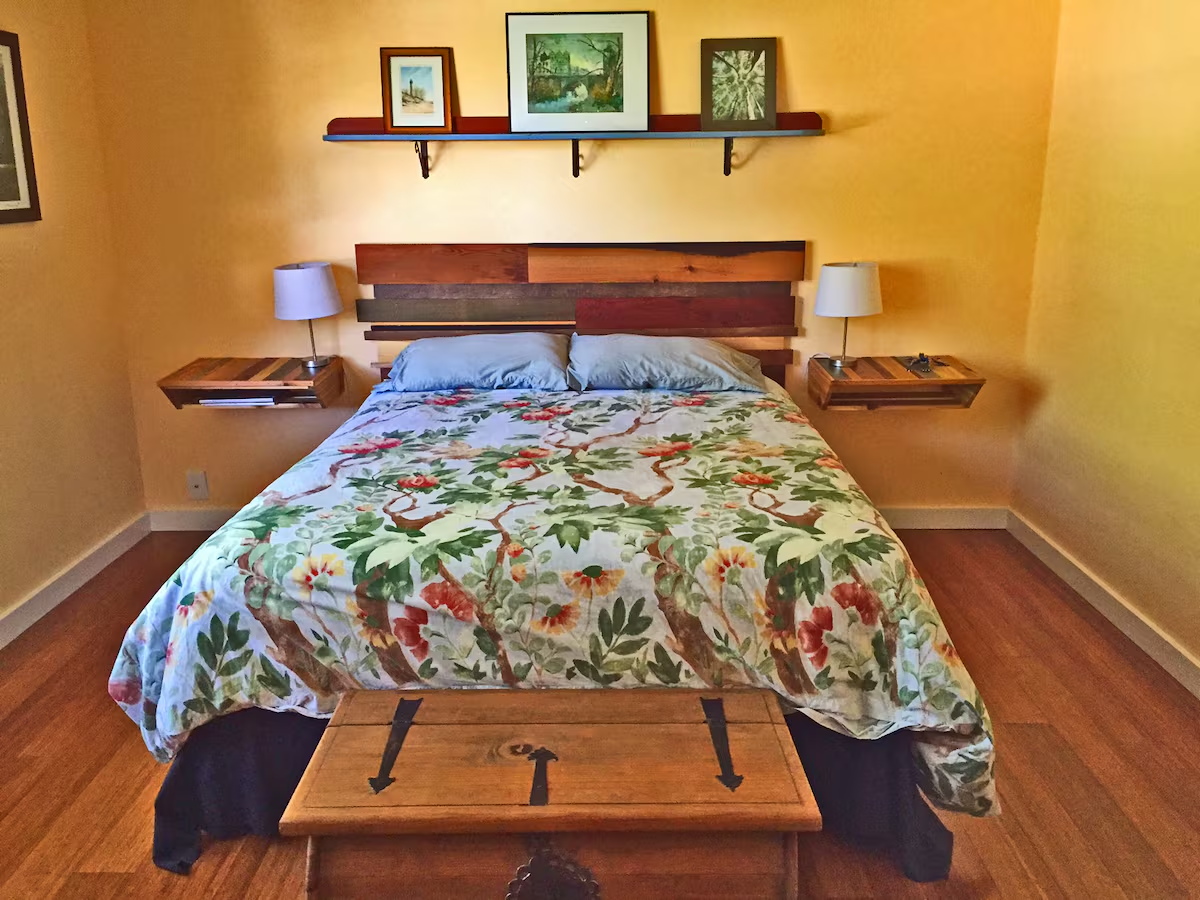When reporting on small, historic restaurants that recently earned funding from American Express, I learned that the National Trust for Historic Places releases a handful of reports on US historic sites every year.
One annual report covers the ‘most endangered’ historic places in America.
The goal of the report is to educate the public on historic places in order to increase visibility and help communities gain the necessary resources to save their historic landmarks, buildings, and more.
To clarify, the National Trust supports repurposing of historic places—so long as they’re ‘activated’ and brought back to life, they can take new forms.
In 2025, the National Trust for Historic Places highlighted 11 locations across the United States that are waiting to be revitalized in order to serve and bring together local communities. I’m highlighting five of the most visible historic places that travelers like you and me might run into during our city-slicking.
(I highly suggest checking out the full list—it’s an interesting read that covers a broad range of threats to America’s most historic places, from rising water levels to recent hurricanes to lack of funding.)
5 endangered historic places across America, according to the NTHP
The Turtle, Niagara Falls, New York

Built in 1981 as a Native American Center for the Living Arts, ‘The Turtle’ takes its nickname from a well-known creation myth. According to Haudenosaunee traditions, Sky Woman took shelter on the back of a turtle, known as Turtle Island—aka North America.
If you study the building’s edifice, you’ll see that it was designed in the shape of a turtle. Above, you can see the entrance, which mimics the head of the turtle.
It was once painted to more clearly emphasize that turtle shape, but after the center went bankrupt in 1996 and was bought by a company, they painted the edifice white, blurring its shape.
These new owners still have plans to demolish The Turtle and replace it with a high-rise hotel. However, there’s a long-running Friends of the Niagara Turtle coalition, composed of over 1,000 indigenous and non-indigenous groups that want the site to be revitalized as a center for Native American culture, language, and heritage.
Cedar Key, Florida
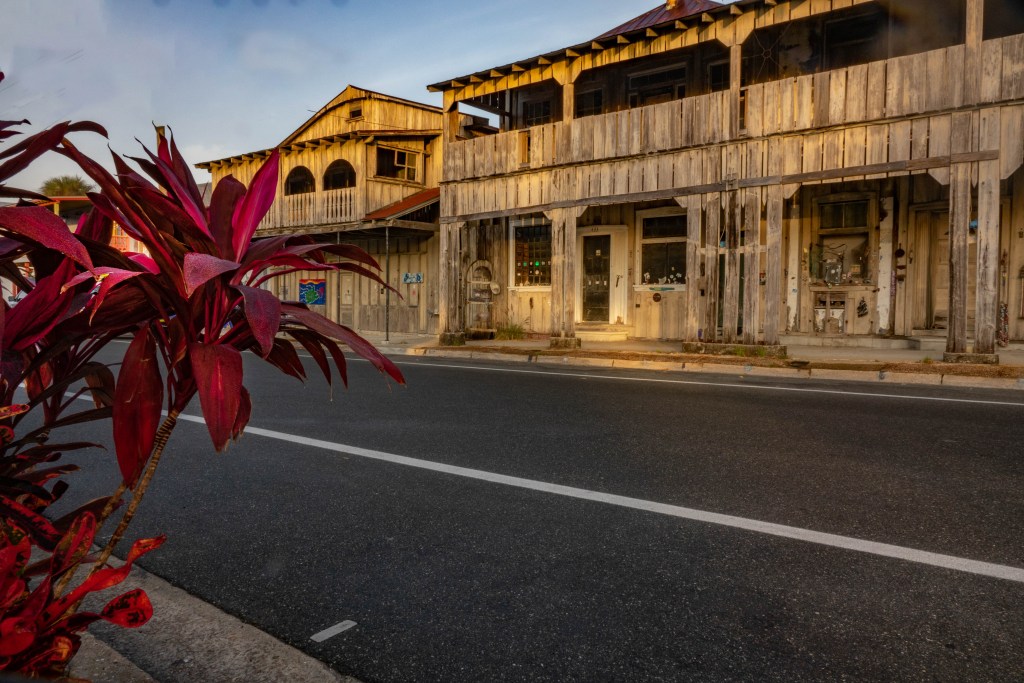
Cedar Key is one of the Florida Keys’ most charming communities, located in the Big Bend region. It’s also one of the most endangered historic places in America.
You might know it thanks to its ‘Old Florida’ vibe, meaning most shops and commercial ventures are local, and tourism is still small-scale. Unfortunately, devastation from 2024’s Hurricane Helene and 2016’s Hurricane Hermine has created lasting problems.
Many old wooden homes were washed into the ocean, while the old city hall and post office are also undergoing extensive renovations. Rising sea levels are also an ongoing threat. Not only do they pose problems for Cedar Key’s infrastructure, but also its historic sites from the indigenous Timucua peoples.
The good news is that both the Florida Trust for Historic Preservation and the University of Florida are working closely with Cedar Key to do things like ‘wet proof’ buildings, improve drainage, and more.
Terminal Island Japanese American Tuna Street Buildings, Los Angeles, California
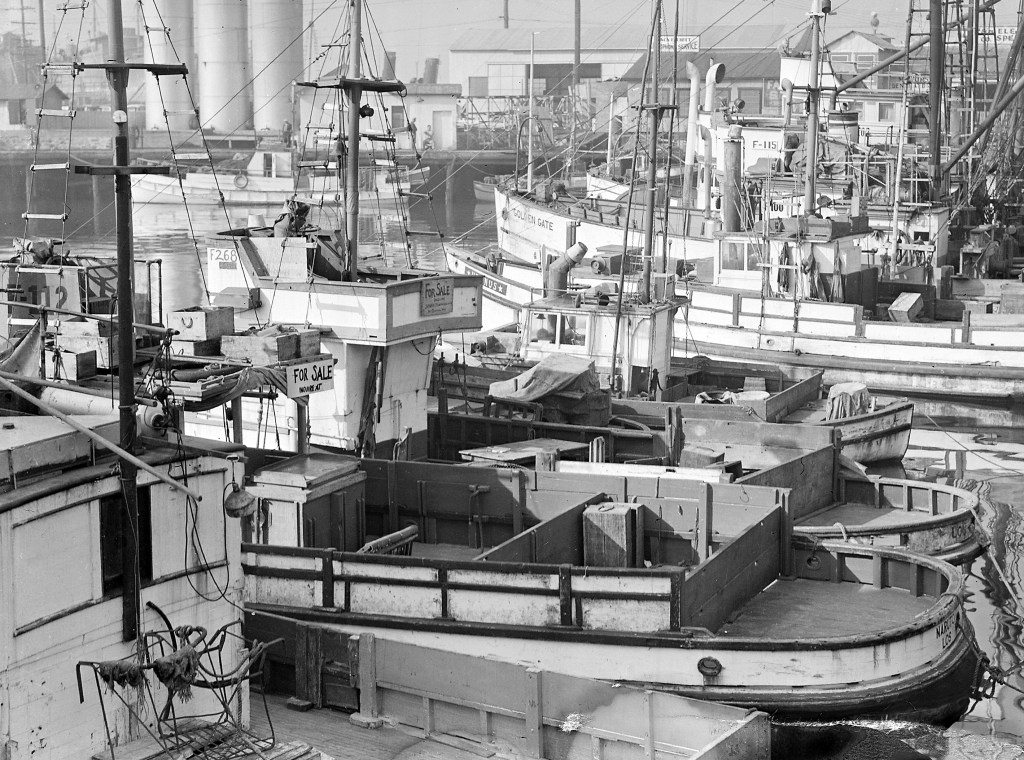
This site is home to two buildings: the Nanka Shoten, built in 1918, and the A. Nakamura Co. building, built in 1923. (You can see the actual photos of these buildings here.)
They look like modern vestiges of a ghost town, stranded on Los Angeles’s Terminal Island that once housed a community of around 3,000 workers. Many were Japanese, home to citizens who faced stints at internment camps throughout WWII.
When the war ended, workers returned to Terminal Island to learn that most of their homes and buildings had been razed by the US government, which had taken control of the island during the period. Today, all we have left of this unique fishing community are these two buildings.
Unfortunately, Terminal Island is now home to one of the US’s busiest storage container ports. The City of Los Angeles wants to demolish the Tuna Street buildings to make room for more commercial operations, but the Los Angeles Conservancy and the Terminal Islanders Association are battling the proposition.
May Hicks Curtis House, Flagstaff, Arizona
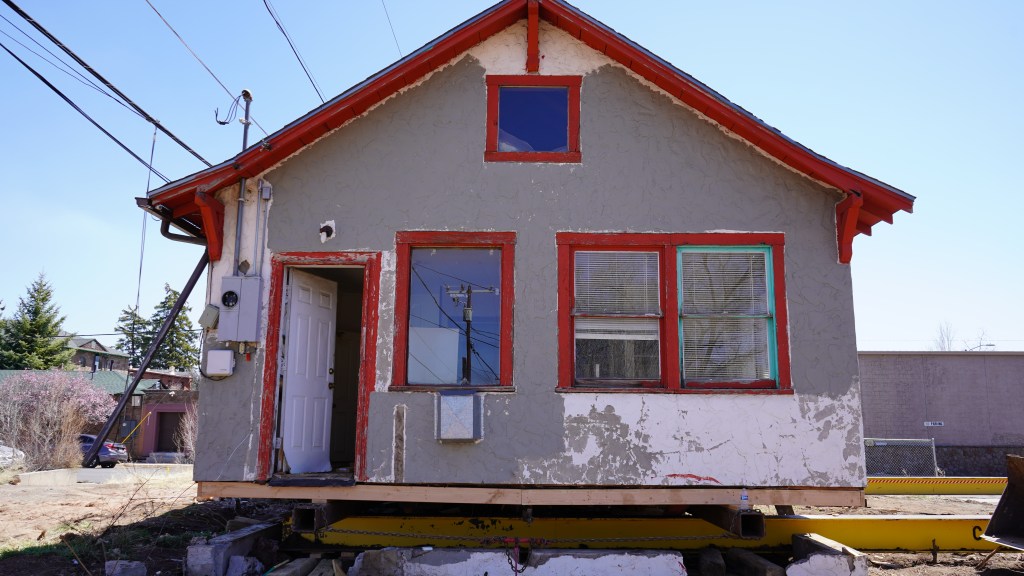
Who is May Hicks Curtis? She was an important member of Flagstaff’s community during the early 1900s, and shows that not all endangered historic places need a larger-than-life mission or history.
In addition to running multiple guesthouses that served travelers on the US’s very first Route 66 route in 1913, May Hicks Curtis was also a prominent member of the local historical society and women’s club.
Notably, she helped collect and store a trove of photographs from pre-WWII life in Flagstaff, giving today’s locals a pivotal connection to their city’s past.
Unfortunately, the plot where the May Hicks Curtis home has been sold for development. At the moment, the City of Flagstaff has taken ownership of the home and has temporarily moved it elsewhere—but the fate of this small home remains unknown.
Mystery Castle, Phoenix, Arizona
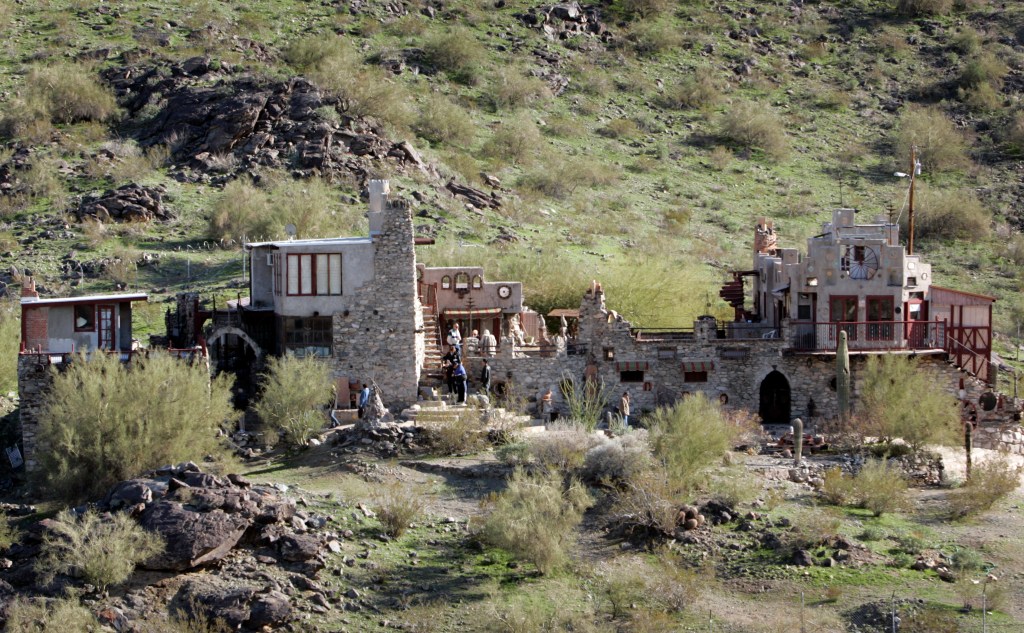
Between1934-45, one father in Phoenix, Arizona, decided to create a massive, castle-like menagerie for his daughter. The idea is lovely, and the castle itself is much larger and cooler than you might think, with a total of 18 rooms and two floors—but it was built with passion instead of mathematics, engineering, or architectural skills.
When Mary Lou (the daughter in question) died in 2010, the property was given over to a trust. Unfortunately, the trust has lacked funds, and ongoing vandalism has compromised the Mystery Castle’s already-fragile structure. That adds another challenge to the equation: this site doesn’t just need to be saved, but also made safe for public usage.
Thankfully, groups like Preserve Phoenix and a newly founded ‘Friends of Mystery Castle’ are working alongside the Phoenix Historic Preservation Office to find funding and create a plan that will prevent the Mystery Castle’s demolition.
